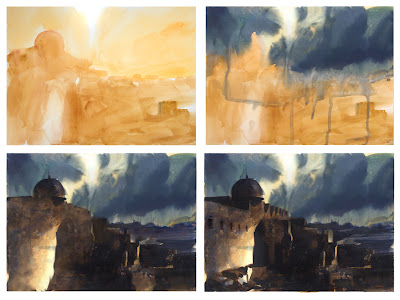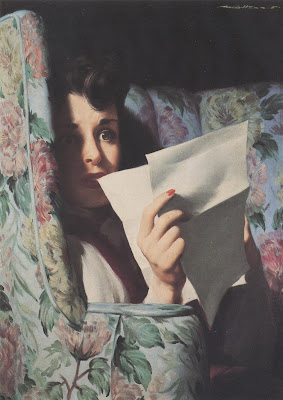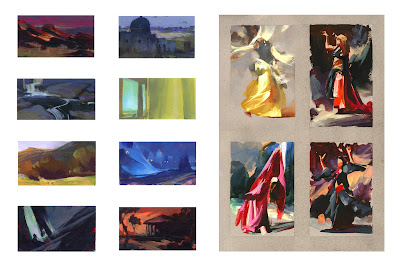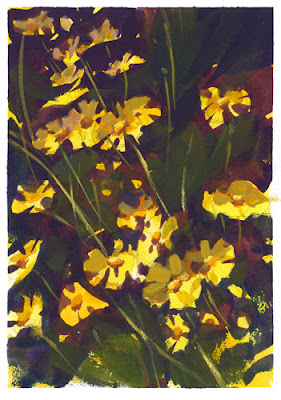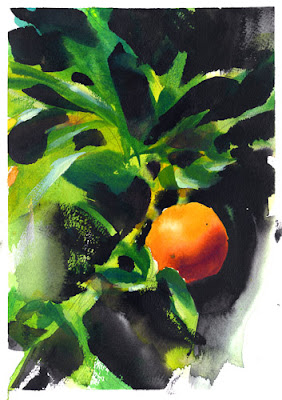PEOPLE STILL TALK ABOUT KOSSIN'S ILLUSTRATIONS OF "THE BAY OF PIGS"

It seems that no one can talk about the illustrations of Sanford Kossin for more than sixty seconds before bringing up his illustrations of the invasion of the Bay of Pigs. This powerful collection of pictures is mentioned in the very first sentence of Kossin's biography in The Illustrator in America . It is mentioned in the second sentence of his biography on the Graphic Collectibles web site. And this week, it turned up on Leif Peng's excellent blog, Today's Inspiration . Leif posted Kossin's illustrations for a textbook: and immediately somebody wrote in, recalling Kossin's powerful illustrations in May 1963 of the Bay of Pigs. Kossin's work appeared in many venues over a long career, from science fiction magazines and text books to MAD magazine and paperbacks. Yet, his stunning pictures for Life Magazine of the tragic Bay of Pigs invasion stood out from all the rest: Very different from Kossin's typical style, these pictures take their place in a great


